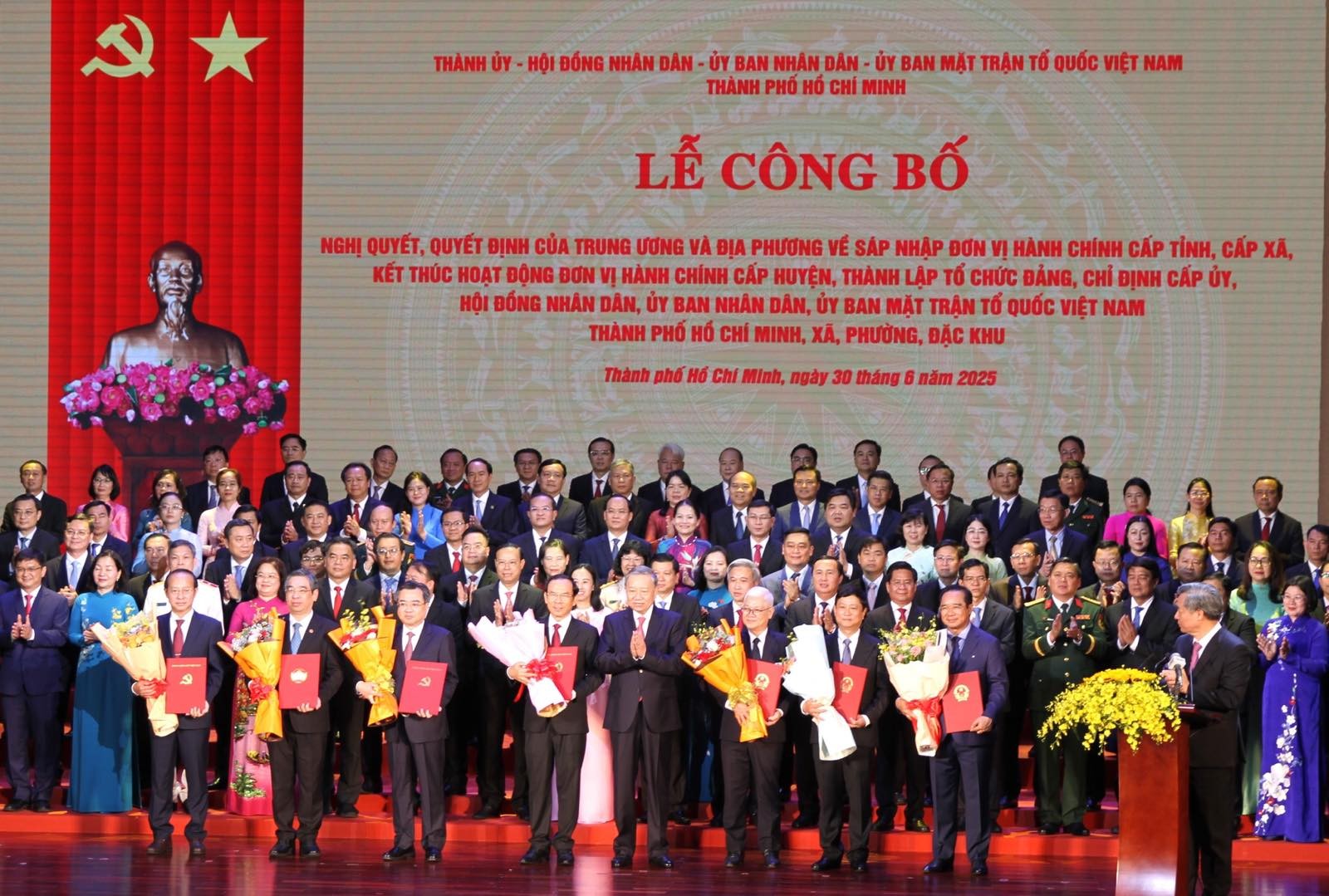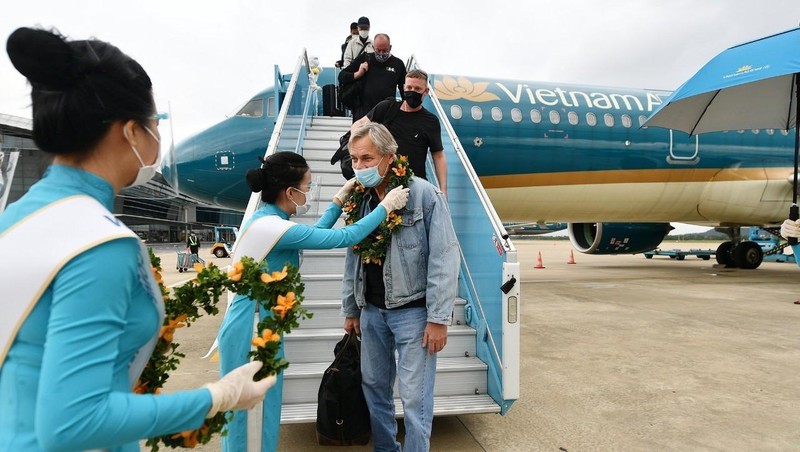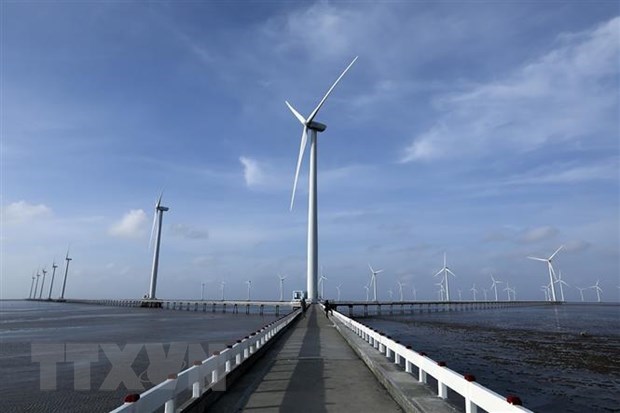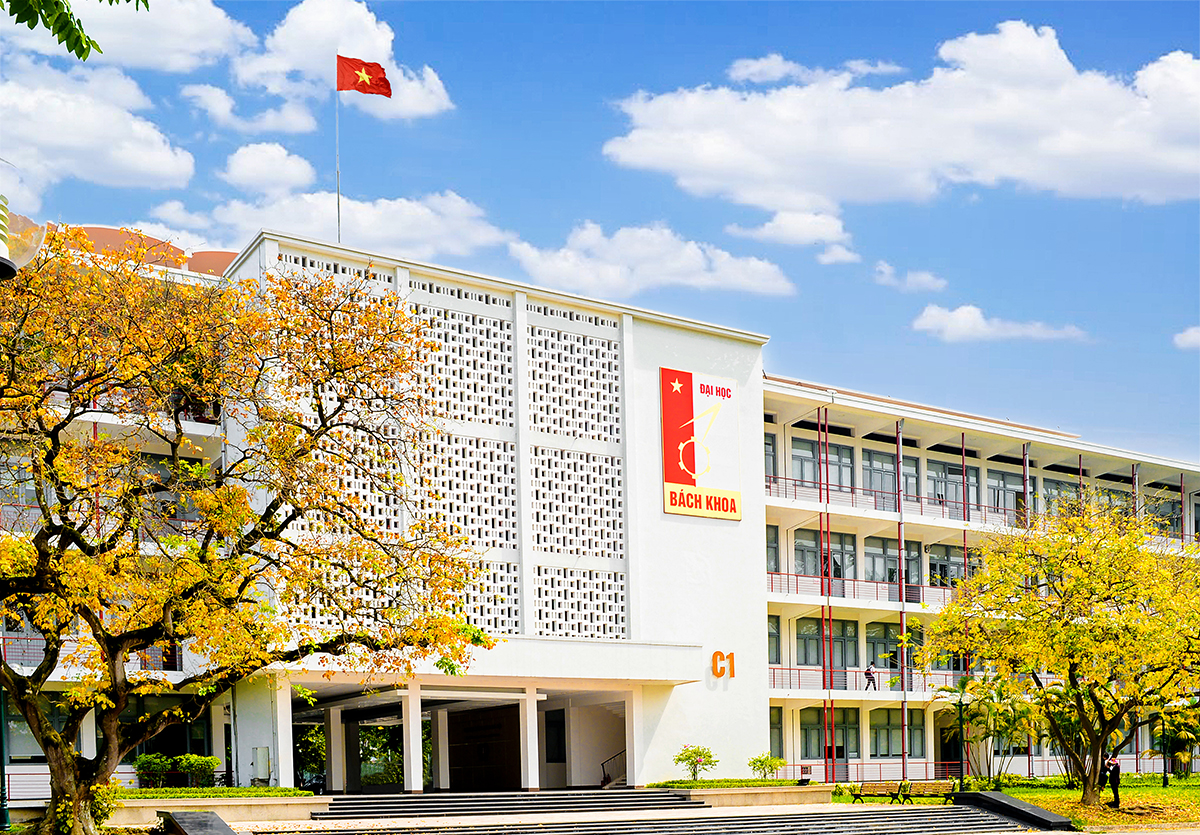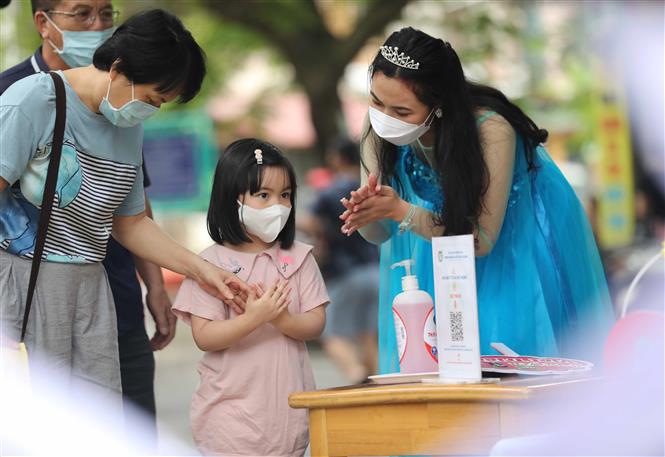
Starting late April 2021, the latest wave engulfed more than 30 cities and provinces one month later, raising the national caseload to more than 100,000 in mid-May and 700,000 after two months.
Against the backdrop, many localities imposed social distancing and unprecedented measures on a large scale. Nineteen cities and provinces in the south – the country’s key economic region, were placed under social distancing simultaneously from July 19 as ordered by the Prime Minister.
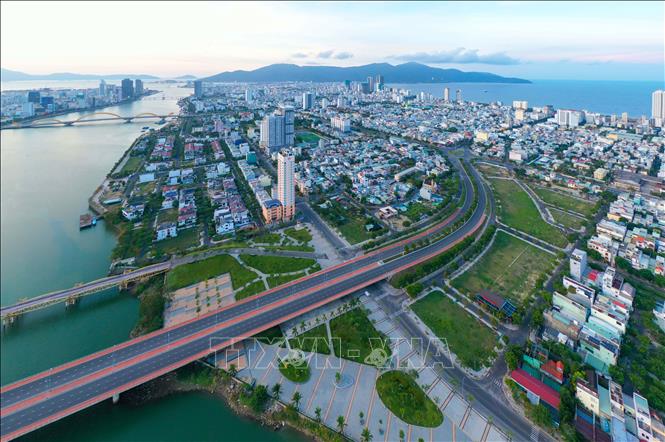
This is a tough decision as it would affect economic activities and social welfare, but it is crucial given the limited supply of COVID-19 vaccines at that time and the ongoing “zero COVID” policy intended to curb the pandemic spread and ensure the people’s health and life.
The widespread outbreak of the pandemic disrupted the national economy and forced millions of migrant labourers working in the country’s major economic centres to return home, worries for daily expenses heavy on their shoulders. Localities reported that as of mid-December 2021, they had counted some 2.2 million returning labourers, mainly from Hanoi (447,100), Ho Chi Minh City (524,000), southern cities and provinces (594,000), and other localities (676,000).
A host of unprecedented policies have been adopted and rolled out quickly to ensure social welfare and people’s life, particularly in the localities under social distancing.
Last year, the PM decided to allocate more than 158,000 tonnes of rice to those hit by the pandemic.
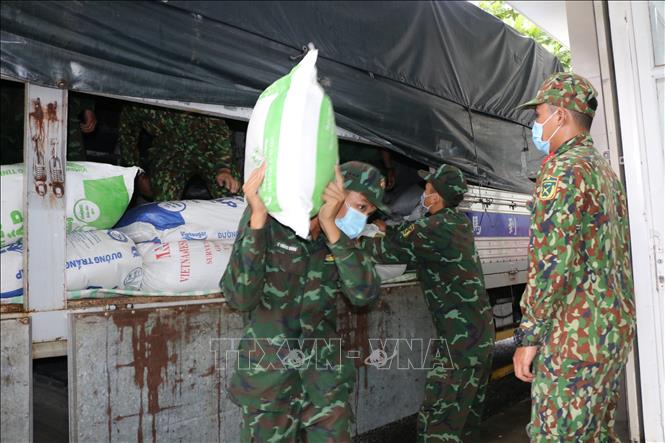
Under Resolution No. 68/NQ-CP dated July 1, 2001, the Government decided to implement an aid package worth 26 trillion VND (1.13 billion USD) with 12 groups of policies in support of the affected labourers.
The Vietnam Social Security (VSS) said nearly 3.1 million workhands have benefited from those support policies.
Notably, the aid package worth more than 30 trillion VND sourced from the unemployment insurance fund has been rolled out rapidly in accordance with the PM’s Decision No. 28/2001/QD-TTg dated October 1, 2021.

Nearly 3.1 million workhands have benefited from those support policies.
The biggest-ever aid package demonstrates the attention of the Party and the State to the employees and employers driven into difficulties by the COVID-19, VSS General Director Nguyen The Manh noted.
Last year, up to 71.5 trillion VND was earmarked to support 742,000 employers and 42.8 million employees.
Streets in Hanoi and Ho Chi Minh City have roared back to life after the COVID-19 nadir.
Resolution No. 128/NQ-CP on safely and flexibly adapting to and effectively controlling the pandemic, issued on October 11, 2021, has paved the way for the realisation of the dual goals of pandemic containment and economic recovery and development.
It met the public’s wish after a long period of social distancing, and played a key role in converting the national economy that experienced a slowdown last year due to the pandemic.

To help the national economy keep up with the global economic recovery and facilitate socio-economic development for 2021-2025, the Government issued another resolution, No. 11/NQ-CP, on January 30, 2022, with a range of incentives for people, pandemic-affected labourers, enterprises, cooperatives, household businesses and sectors.
It is noteworthy that Decision No. 08/2022/QD-TTg on the housing rent support aims to assist workers who face housing difficulties and help enterprises maintain production and attract back employees who left cities for their hometowns during the pandemic.

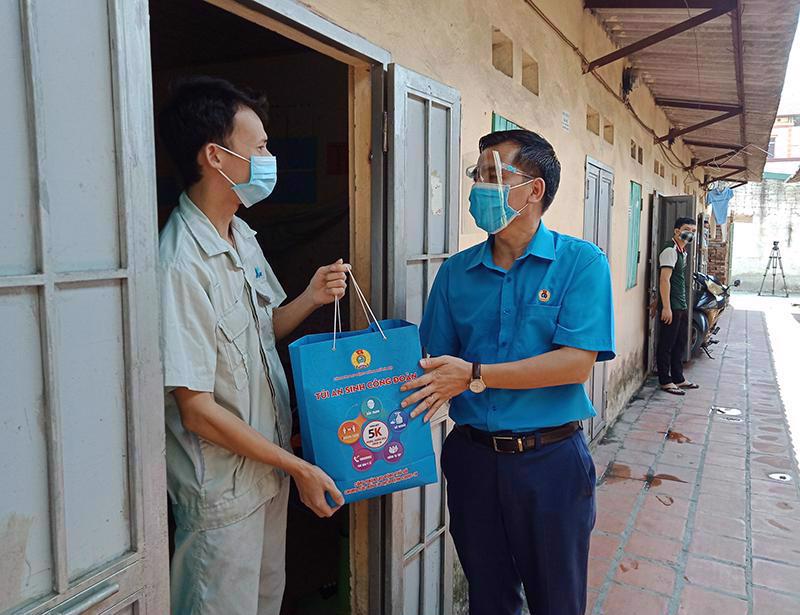
Accordingly, two groups have received support, labourers working in enterprises and those returning to the labour market, at 500,000 VND and 1,000,000 VND per person each month, respectively.
The Government has also earmarked 9 trillion VND as loans to implement the national target programme on socio-economic development in ethnic minority-inhabited and mountainous areas for 2021-2030.
The shift to safely and flexibly adapting to the pandemic and the timely implementation of policies helped to spur socio-economic development in the first quarter of this year.
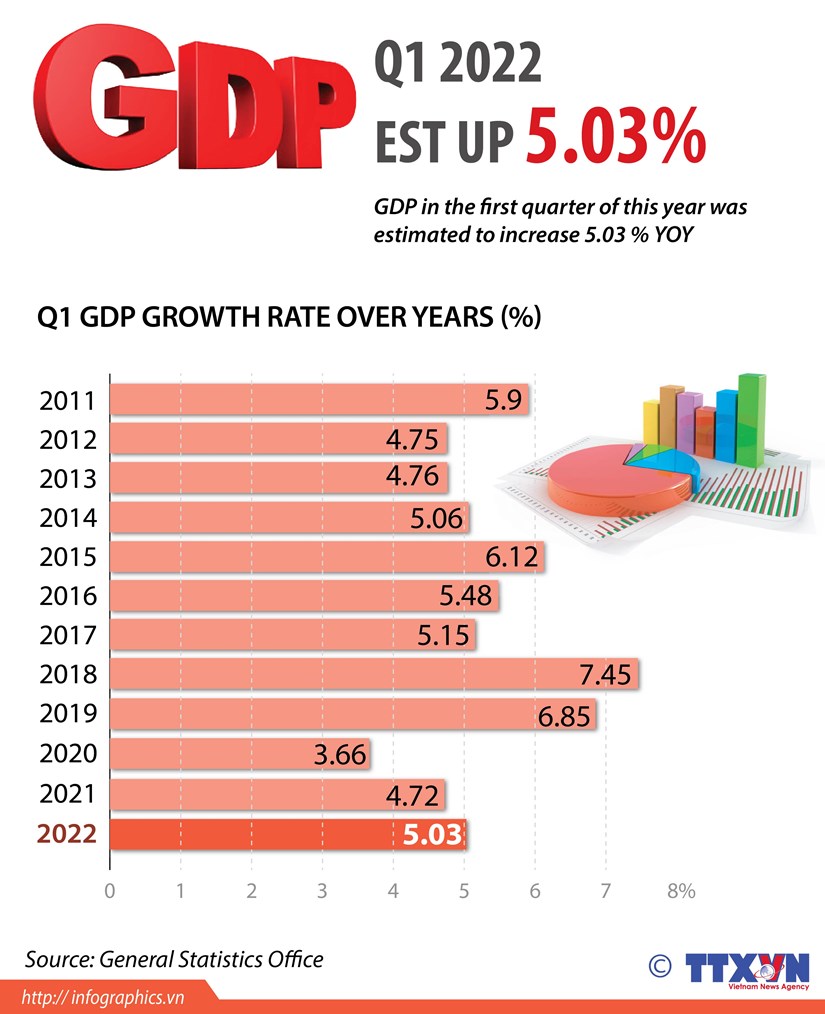
Source: VNA
Although international organisations have lowered their forecasts of the global economic growth this year, Vietnam’s gross domestic product (GDP) still grew more than 5 percent and its consumer price index (CPI) was below 2 percent in the first quarter.
Now that life is returning to normal, people and enterprises have been confident in socio-economic recovery and development policies, and hope for stronger growth in the second quarter and the entire year./.
Q.Hoa t.h / VNA

